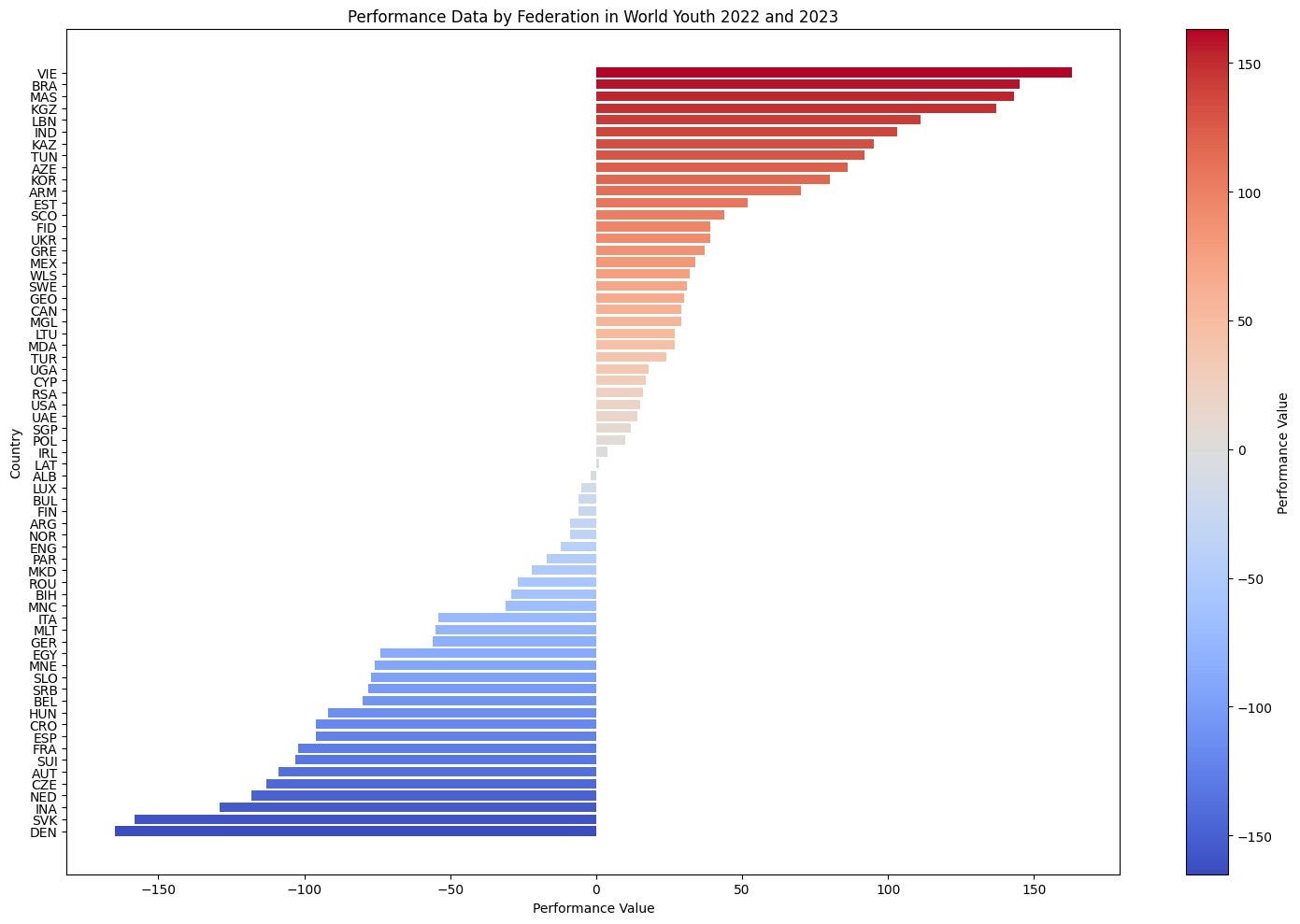
On the American chess podcasts, I often hear about the fear of playing the tons of kids that attend the tournaments over there. I sometimes get a picture of a lone adult improver sitting in a room full of six-year-olds.
Maybe that is true in the US, but in Denmark, I have the opposite impression. In my home country, most chess clubs are dominated by old men. Only 3 percent of the members in the Danish clubs are women and the average age of the members of the Danish Chess Union is 45 years old. It therefore seems like quite a cultural shift to hear about the American experience. To be honest, I’m also a bit worried about the aging population of Danish chess players.
Denmark has not had a figure like Magnus Carlsen to draw new players into the game. Since Bent Larsen peaked at number 3 on the world rating list in 1971, behind Fischer and Spassky and tied with Kortchnoi, Denmark has lacked a top-10 player.1
January 1971 FIDE rating list. Top 9 players
1 Fischer Robert James.............. USA 2740
2 Spassky, Boris.................... URS 2690
3-4 Kortchnoi, Viktor................. URS 2660
Larsen, Bent...................... DEN 2660
5 Petrosian, Tigran................. URS 2640
6-9 Portisch, Lajos................... HUN 2630
Botvinnik. Mikhail................ URS 2630
Geller, Efim...................... URS 2630
Polugaevsky, Lev.................. URS 2630Bent Larsen was an important figure in Danish chess. When you walk into a chess club and talk to the older members. They all have something to share about Bent Larsen. In one of the clubs I have played in an older gentleman always recited a win he had against Larsen from a simul played back in the 1950’s to new members of the club. He loved that story and game.
To investigate if there is a so-called “Bent Larsen generation” I have looked at the membership stats of the Danish Chess Union. If you started playing chess when Larsen peaked in 1971 (shortly followed by the Fischer chess boom of 1972) you have aged 53 years since then. The members that were between 10 and 20 back, which I think is the prime age to get into chess back then, were born in the years 1951-1961.
When we look at the data there is a large hump in the membership numbers for these birth years, while there are only about 23 members born in 1986, the year I’m born in.
Actually, I’m not a member of the Danish Chess Union at the moment since I have had a hard time carving out time for OTB chess. I expect others in this age group also to be battling with time commitments due to family and work. A positive surprise is that it looks like there is an increase in young players who have started playing chess in Denmark, so maybe there is hope for Danish chess!
To compare I have found the distribution of Norwegian chess players. Norway has had Magnus Carlsen and televised chess in recent years to recruit new players and it looks like Norway has a younger and less concentrated distribution. The hump of the older chess players is not concentrated in the birth years from 1950-1960, but from around 1965-1975.
The aging Danish chess population reminded me of some analysis published by FIDE National Instructor Vlad Ghita on Twitter back in May. He had asked “Which FIDE federations are underrated in practice?”. I think this was also an interesting question regarding playing underrated juniors, so I looked up the analysis again to see how Denmark was doing.
Q: Which FIDE federations are underrated in practice? Intuition: India, China, Kazakhstan, etc. Any grinder in Swiss events is afraid when they get paired against "India, 1900", including titled players.
A: There are few individual tournaments that mix players from more than 30 federations, so the sample size is limited. If you are willing to make a leap of faith with me, I will try to convince you that the World Youth Chess Championship offers the best mixing environment between active players from many continents. Ok, enough talking, I will show the graph, and you be the judge of the rest. Here's all game data from the World Youth Chess Championship in 2022 and 2023. There were more than 1200 participants, so the sample is relevant. Does this accurately reflect your gut feeling? Let me know in the comments. Who was the most underrated player you've ever faced?
- Vlad Ghita, link: https://x.com/vlad_chess/status/1788105344863920375/photo/1
According to the diagram Denmark has the most overrated juniors in the world, which might also imply that the aging seniors are playing below their rating. Also supported by another graph by Ghita.
So what is the moral of this story?
One might argue that traveling to Denmark for tournaments could be beneficial if you're seeking rating points and titles. Additionally, it's evident that chess needs idols to inspire new generations. While Denmark has lacked world-class players for a long time, the global chess boom seems to have had a positive impact on club memberships here. Lastly, remember that ratings can fluctuate across countries, age groups, and clubs, so it's essential to focus on the process rather than just the numbers.
However, if you want to help my good friend
to create a better comparison between online ratings and OTB ratings please fill out this form.Finally, I’d love to hear your thoughts on the demographics of chess players in your country and local club. Have things changed recently, and do you think your country is under or overrated?
/Martin







Haha, so any good tournaments in Denmark that you can recommend? :D
My guess (and it is just a guess) is that the two humps in membership is to do with careers rather than historical influence of specific players. Speaking as someone who was actively playing as a child, then not for 30 years, and active again as I reach retirement…,